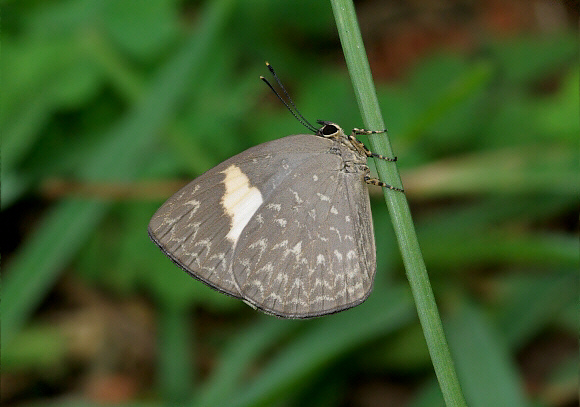
Introduction
The Lipteninae are wholly African in distribution, and comprise of about 600 species, varying from the tiny creamy yellow Liptena pearmani to the dazzling metallic blue Epitola posthumus – a species which with a wingspan of 65mm, is massive by Lycaenidae standards.
The Lipteninae are fascinating because of their association with “ant trees”, i.e. trees which support colonies of Crematogaster ants. As with most other Lycaenidae species, the caterpillars of Liptenids have ants in almost constant attendance. The ants “milk” a sugary substance from a gland on the caterpillar’s back, and in return for this reward the caterpillar benefits because the presence of the aggressive ants deters other insects such as wasps and flies that would otherwise attack them.
There are 47 Stempfferia species. Males of most species are shining violet-blue or sapphire blue on the uppersides, expect for the apex of the forewing which is blackish-brown. In females the extent of the blue scaling is reduced. Females of several species including dorothea and moyambina have a white transverse band across the forewings. On the underside most Stempfferia species are pale brown or greyish-brown, marked with pale spots and submarginal lunules, although in some species such as carcina these are often reduced to a scattering of obscure pale spots.
Stempfferia dorothea is found from Sierra Leone to Togo.
Habitats
This species is found in good quality rainforest, at altitudes up to about 400m.
Lifecycle
The larvae feed on algae growing on the bark of trees.
Adult behaviour
The adults spend long periods at rest sitting on tendrils or thin twigs, typically between 1-2 metres above ground level. Both sexes feed at extrafloral nectaries. Males sometimes bask on logs or on fallen tree trunks in mid-morning, with wings fully outspread.
